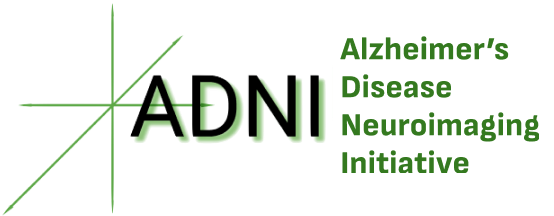Question
Question Posted 06/17/25:
Hello,
I’m a PhD student studying cognitive resilience in Alzheimer’s Disease and I’m currently attempting to merge several ADNI datasets (ADNIMERGE_15Oct2024.csv, ADSP_PHC_COGN_29May2025.csv, UCBERKELEY_AMY_6MM_29May2025.csv, and UCBERKELEY_TAUPVC_6MM_29May2025.csv). I’ve noticed that the PET imaging files include only a “VISCODE” variable with values like “sc/v11/init/v21,” which don’t correspond to the “VISCODE2” codes (e.g. “bl/m06/m12”) used in ADNIMERGE and the cognitive assessment files, thus making a direct merge unclear. Could you please share any mapping or translation guide for these VISCODE entries so I can recode them to match VISCODE2 and accurately merge the data?
Thank you for your help.
Hello,
I’m a PhD student studying cognitive resilience in Alzheimer’s Disease and I’m currently attempting to merge several ADNI datasets (ADNIMERGE_15Oct2024.csv, ADSP_PHC_COGN_29May2025.csv, UCBERKELEY_AMY_6MM_29May2025.csv, and UCBERKELEY_TAUPVC_6MM_29May2025.csv). I’ve noticed that the PET imaging files include only a “VISCODE” variable with values like “sc/v11/init/v21,” which don’t correspond to the “VISCODE2” codes (e.g. “bl/m06/m12”) used in ADNIMERGE and the cognitive assessment files, thus making a direct merge unclear. Could you please share any mapping or translation guide for these VISCODE entries so I can recode them to match VISCODE2 and accurately merge the data?
Thank you for your help.
Response posted 06/24/25 by Danielle:
One possibility is to use the REGISTRY file which includes both VISCODE and VISCODE2. ADNIMERGE VISCODE is actually similar to VISCODE2 in other files (though it combines "sc" and "bl" into "bl"). Alternatively, you can merge by identifying the closest visit in time using scan dates and visit dates.




